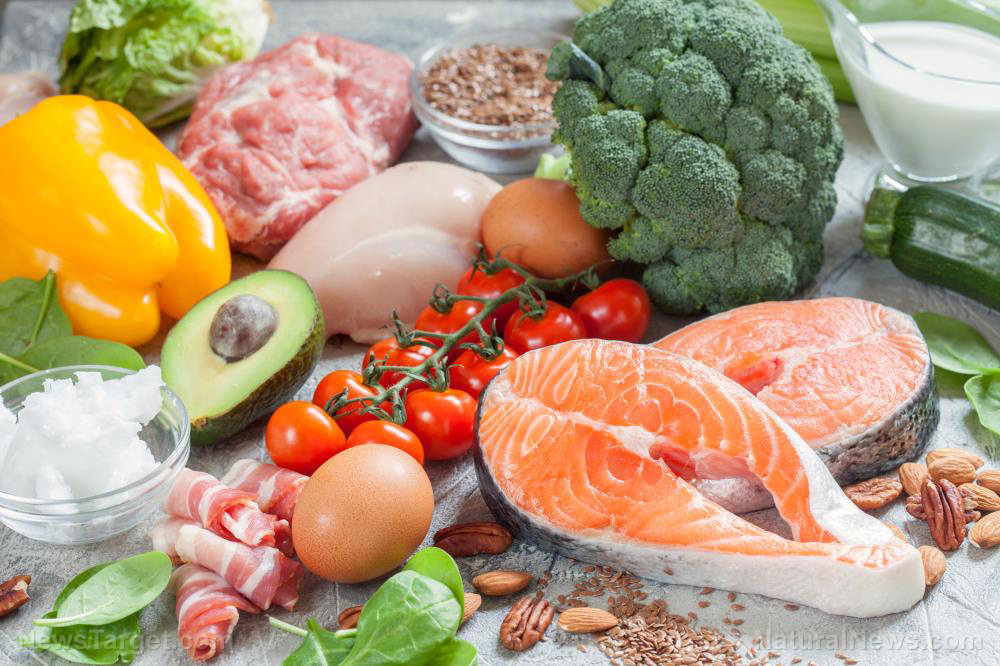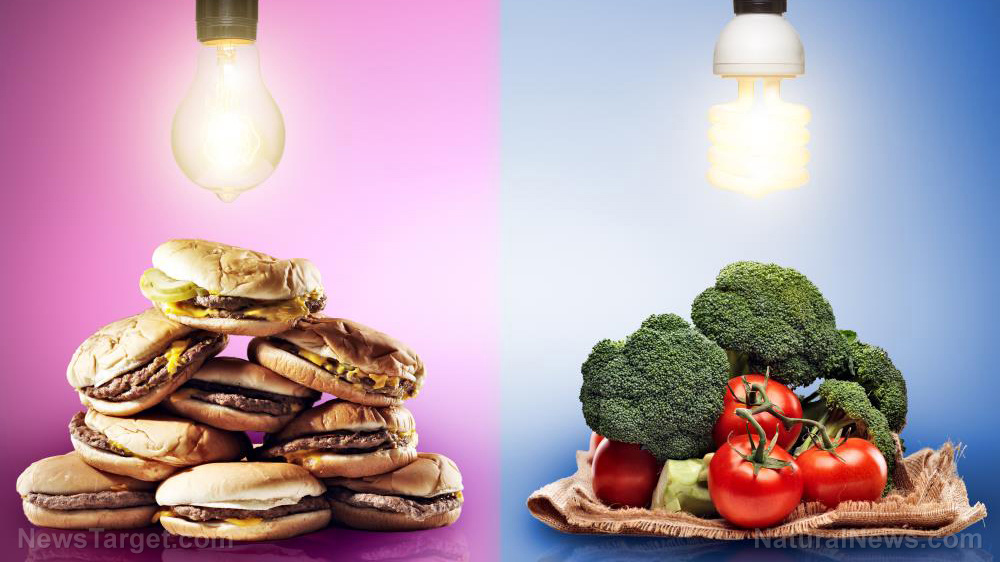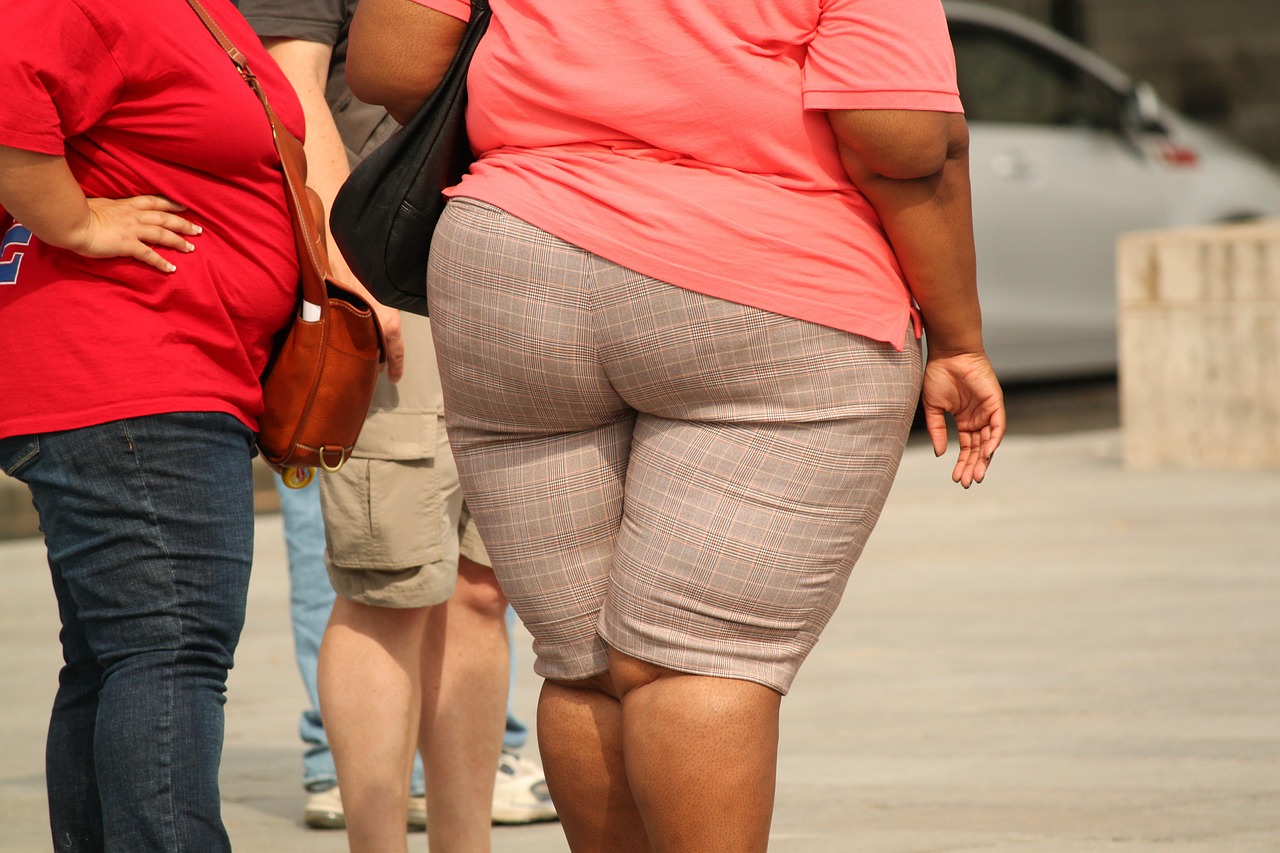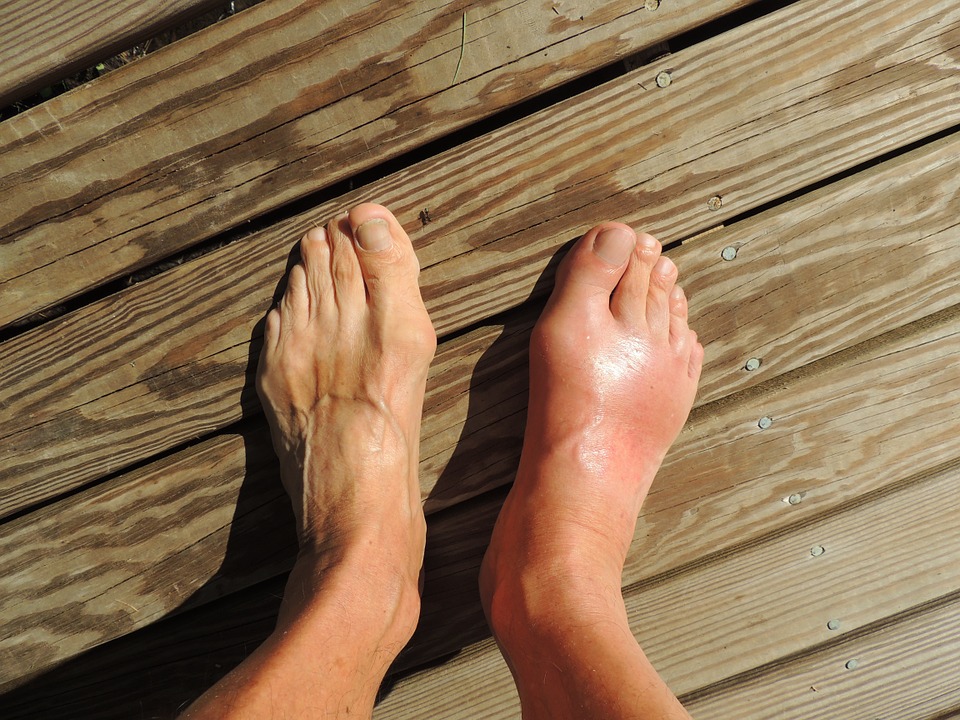There are no shortcuts to good health: 4 Problems caused by the “lazy keto” diet
10/21/2019 / By Darnel Fernandez

The ketogenic diet, also known as the keto diet, is a popular diet that involves restricting carbohydrate intake while increasing fat consumption. While the diet sounds simple on paper, many people fail to realize that these diets involve a lot of strategizing and calculating. Because of this, people have developed alternative ways to enjoy the benefits of a keto diet without all the effort. One of these alternatives is the “lazy” ketogenic diet. As the name implies, this variation aims to cut the amount of planning and calorie counting needed while reaping all the benefits of a normal keto diet.
However, as with a lot of diets, there are no shortcuts to good health. The lazy way may be an easier way, but it can bring a lot of downsides most people aren’t aware of.
The easy way out
Like most keto diets, the lazy keto diet dramatically restricts carbohydrate consumption. According to Allison Knott, a registered dietitian from New York City, it involves eating no more than 20 grams of carbohydrates per day. However, unlike traditional keto diets, this variation forgoes counting calories or tracking macronutrients like protein and fat.
“In theory, this sounds great for those who don’t enjoy tracking every bite of food going into their mouth, but it’s unlikely to result in the metabolic state known as ketosis,” said Knott in an article from Healthline.
The goal of any ketogenic diet is to induce ketosis. This is a metabolic state where the body burns fat for energy instead of carbohydrates. Recent studies have linked this state to the many health benefits provided by the keto diet.
However, this isn’t as easy as limiting carbohydrates to force the burning of fat. While carbohydrates are the main source of glucose for energy, the body can look for another energy source before deciding to burn off excess fat. Protein can be converted into glucose in a process called gluconeogenesis if one isn’t careful about their protein intake.
Taking shortcuts will get you cut short
Some people may experience the keto flu when transitioning to any keto diet, including the lazy variation. The symptoms include nausea, vomiting, headache, fatigue, and dizziness. However, these symptoms usually resolve in a few days to a few weeks.
The lazy keto diet also has a few problems worth noting.
Dietary quality suffers
Focusing solely on carb intake can lead to a drop in diet quality. Researchers have shown that a healthy eating pattern involves a wide variety of foods that can supply the body with all the nutrients it needs to stay healthy. Keto diets typically restrict the consumption of some nutrient-rich food groups like fruits and legumes. This could make it difficult to get the essential vitamins and minerals.
The lazy keto diet can also cause you to skimp on food quality. Michelle Shapiro, another registered dietitian from New York, said that older keto diets involve a variety of foods with inflammatory fats and processed meats. To her, inflammation is the “root cause of every disease.”
“Fat can either mitigate it or promote it, so the food quality is highly important. Eating a bunch of processed meats and vegetable oils will certainly take people away from health instead of [toward] it,” Shapiro added. (Related: The keto diet: Tips to make sure that the eating plan is working for you.)
Calorie intake drops
Most diets require dieters to eat significantly fewer calories to lose weight. However, consuming too few calories can impact one’s health and affect hunger and fullness cues. The lazy ketogenic diet forgoes tracking calorie intake, making it difficult for one to know if they’re hitting the required number of calories.
Hunger takes a hit
Unlike other macronutrients, fat digests much slower and is more calorie-dense. It is also very filling. However, failing to track fat intake can lead to a deficiency in fat consumption. According to Shapiro, people who forget to manage protein and carbohydrates can lead to a strong feeling of hunger. If the body isn’t burning carbohydrates and fat because of minimal intake, the body could find itself burning nothing for energy. This could leave the body in a state of energy limbo.
You miss out on vital nutrients
The ketogenic diet restricts plenty of nutrient-rich foods due to their high carbohydrate content. This limits you to a handful of fruits and vegetables like Brussel sprouts and cauliflower to provide you with nutrients and antioxidants.
While supplements can help you make up for the lack of nutrients, a regular ketogenic diet is more than enough to provide you with the necessary daily nutrient intake. The lazy keto diet, however, is sorely lacking in that regard.
“On a strict ketogenic diet plan that has been created by a registered dietitian or other medical professionals, you’re more likely to meet all your essential nutrient needs,” Knott said.
The lazy keto diet can be an appealing option for those who find the traditional variation too restrictive. While it may bring the same potential benefits as a traditional keto diet, the downsides are difficult to ignore. You may not even achieve ketosis through this diet, which is the foundation of any ketogenic diet.
The easiest way isn’t always the best way. Through proper planning and a little effort, anyone can achieve the healthy body they desire.
Sources include:
Tagged Under: balanced diet, calories, carbohydrates, carbs, gluconeogenesis, healthy foods, Keto, keto diet, keto flu, keto-friendly diet, ketogenic diet, ketosis, lazy keto diet, macronutrients, nutrient-rich foods, protein
RECENT NEWS & ARTICLES
COPYRIGHT © 2017 FIGHTOBESITY.NEWS
All content posted on this site is protected under Free Speech. FightObesity.news is not responsible for content written by contributing authors. The information on this site is provided for educational and entertainment purposes only. It is not intended as a substitute for professional advice of any kind. FightObesity.news assumes no responsibility for the use or misuse of this material. All trademarks, registered trademarks and service marks mentioned on this site are the property of their respective owners.



















